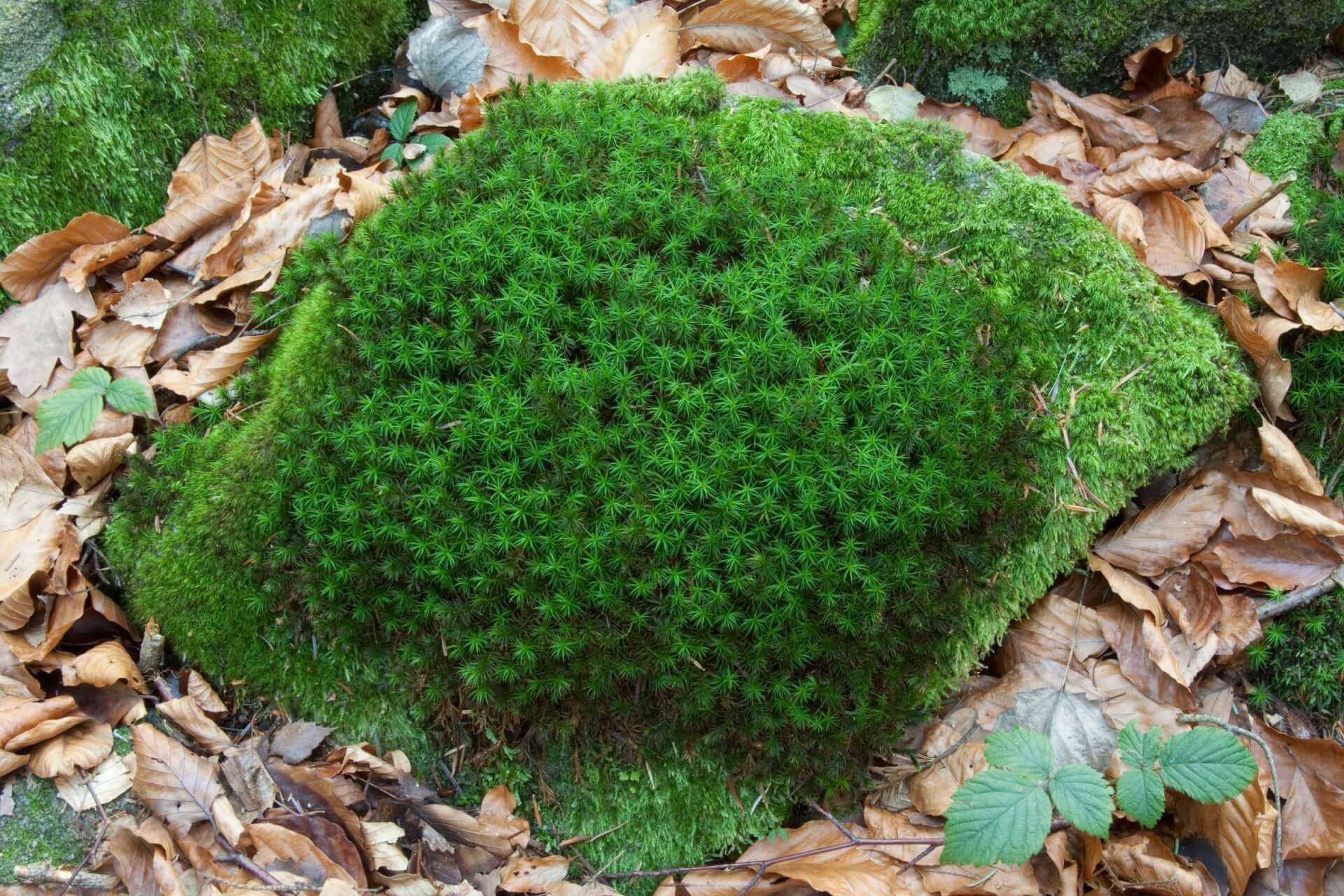Haircap moss, known scientifically as Polytrichum commune, is a fascinating member of the moss family. It's an easily recognizable species due to its tall, spiky appearance and has become a favorite for gardeners who wish to bring a natural woodland feel to their landscapes. But there's more to this plant than just its good looks. Its resilience and adaptability make it a unique addition to many garden ecosystems.
Is Haircap Moss a True Moss?
Yes, haircap moss is indeed a true moss. Like all mosses, it belongs to the division Bryophyta, characterized by small, non-vascular plants. These plants lack the intricate vascular systems found in many other plants, meaning they absorb water and nutrients directly through their leaves. Haircap moss, in particular, stands out because of its ability to grow relatively tall for a moss, often reaching heights of up to 15 centimeters or more in optimal conditions.
True mosses, including haircap moss, reproduce via spores rather than seeds. This quality allows them to quickly spread and colonize new areas, making them significant contributors to forest floors and other moist environments. The characteristic green, spiky appearance of haircap moss may cause some to mistake it for something other than a true moss. Still, it's biological structure and reproduction firmly classify it as part of the moss family.
What is the Difference Between Juniper Haircap Moss and Common Haircap Moss?
While both juniper haircap moss (Polytrichum juniperinum) and common haircap moss (Polytrichum commune) share many characteristics, they have subtle differences. Common haircap moss tends to grow taller and prefers slightly wetter environments, while juniper haircap moss is typically shorter and can tolerate drier conditions.
Common haircap moss is more widespread and adaptable, often found in moist woodlands, bogs, and shady gardens. Its stalks are taller and more rigid, making it appear like a tiny green forest at a close glance. The leaves of common haircap moss are long and narrow, curling slightly at the edges. It's a favorite for gardeners looking to recreate forest-like patches in their landscapes, especially in shaded, damp areas where other plants might struggle to thrive.
Juniper haircap moss, on the other hand, has a tight growth habit, and its leaves are a little shorter and thicker. This species thrives in drier, rockier soils, such as mountainous regions or on exposed hillsides. The shorter stalks and dense growth habit give juniper haircap moss a more rugged, hardy look than its taller counterpart. Though both types of haircap moss can add wonderful texture and depth to a garden, the key difference lies in their preferred environments and overall appearance.
Does Haircap Moss Spread?
Haircap moss has an innate ability to spread, though not aggressively. Its spread occurs naturally through the production of spores carried by wind or water to new locations. Once the spores find a suitable environment-preferably moist and shaded-they grow into new moss plants. Haircap moss can also spread via fragmentation, which means that if a piece of the plant breaks off, it has the potential to form a new colony if it lands in a hospitable area. This slow, gradual spread makes haircap moss ideal for gardeners seeking to fill bare patches or create a carpeted, mossy look over time.
The spread of haircap moss is highly dependent on environmental conditions. It prefers moist, acidic soil and shady locations, though it can tolerate some sun if damp. In the wild, haircap moss often grows in dense mats, gradually spreading to cover large areas over the years. This natural spreading ability makes it an excellent ground cover in gardens where other plants might fail to establish. Its ability to stabilize soil and retain moisture makes it a valuable addition to erosion control projects or forest floor restorations.
What is Haircap Moss Used For?
Haircap moss has several uses, both in natural ecosystems and cultivated gardens. In its wild habitat, it plays a vital role in stopping soil erosion, particularly on forest floors, where it helps to stabilize the soil and retain moisture. It provides a soft, cushioning layer that absorbs water, letting it gradually seep into the soil below rather than washing away with rain. This function is essential in areas prone to heavy rainfall or water runoff.
For gardeners, haircap moss offers an excellent ground cover option for shady, damp areas. Its dense growth habit helps suppress unwanted weeds, while its lush, green appearance adds a touch of woodland charm to any landscape. Haircap moss can be used in rock gardens, around the base of trees, or even in containers as part of a woodland-themed garden design. It is also sometimes used in terrariums or as a decorative element in bonsai planting, where its delicate texture and upright growth add visual interest.
Beyond its aesthetic and practical uses in the garden, haircap moss has been used historically in traditional medicine. Indigenous peoples of North America used various moss species, including haircap moss, for their absorbent qualities in wound dressings and as insulation in bedding or clothing. Its ability to retain moisture and provide a soft, protective layer made it a valuable resource in harsh outdoor environments.
Haircap moss's many uses extend to its ecological importance. It provides shelter for small insects and contributes to the overall biodiversity of forest floors. By introducing haircap moss to a garden, gardeners can help create a more balanced ecosystem, providing homes for beneficial insects and contributing to the health of their soil.
In conclusion, haircap moss is a resilient and versatile species that brings aesthetic beauty and practical benefits to any garden. Its ability to spread naturally, provide ground cover, and contribute to the stability of the soil makes it a valuable addition to shady, moist areas. Whether you're looking to create a woodland-inspired garden or want a low-maintenance ground cover that thrives in damp conditions, haircap moss is a beautiful choice that adds texture and life to any landscape.


